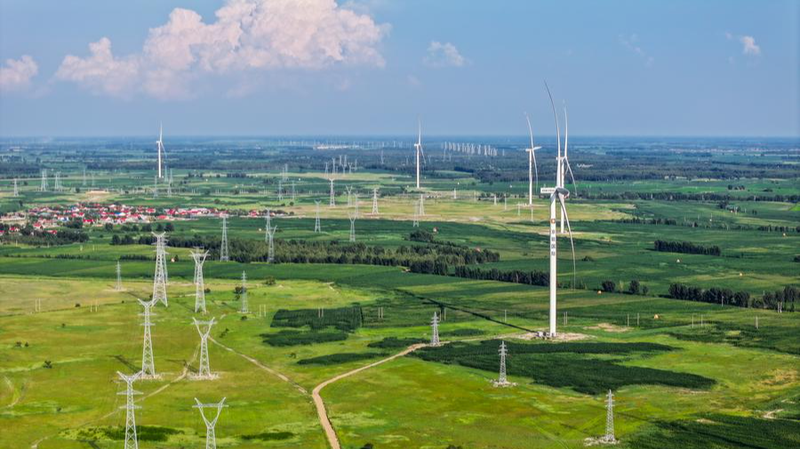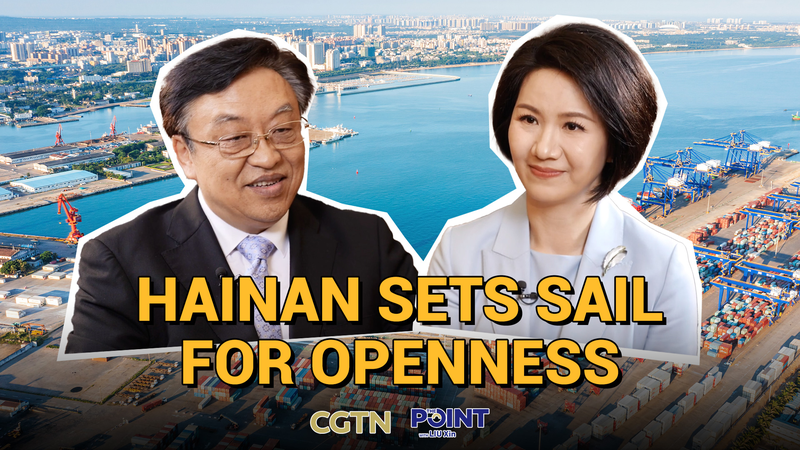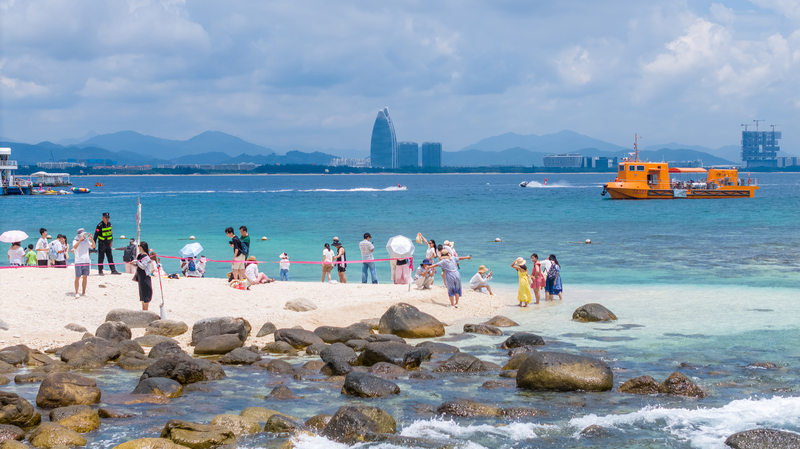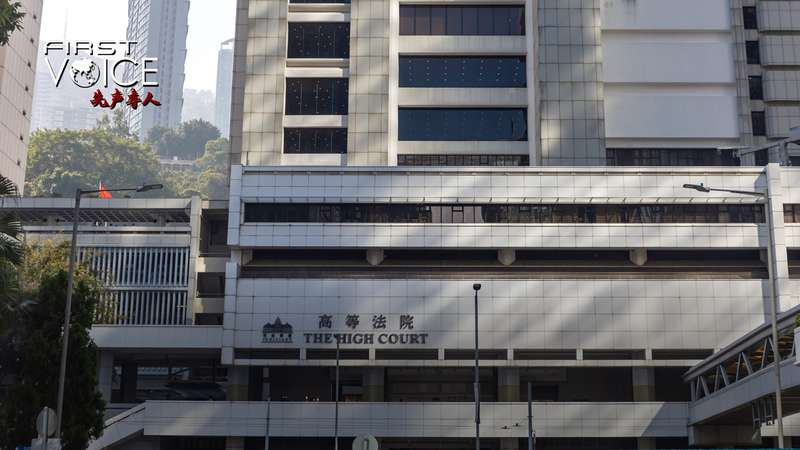In late October, leaders from across the Asia-Pacific will meet in Gyeongju, South Korea, for the 2025 APEC Economic Leaders' Meeting, themed “Building a Sustainable Future: Connect, Innovate, Prosper.”
Climate Risks Meet Economic Growth
A 2025 ESCAP survey highlights how floods, cyclones, droughts and heatwaves are on the rise, with the climate crisis costing the global economy an estimated $2 trillion each year. At the same time, the region powered 60% of global growth in 2024 but produced over half of greenhouse gas emissions. Many economies still lack climate finance, resilient infrastructure and public finance capacity needed for a low-carbon transition.
From Crisis to Cooperation
Against this backdrop, APEC forums have shifted into high gear. In August, energy ministers focused on stabilizing power supply, securing grids and harnessing artificial intelligence for energy innovation. In September, SME ministers in Jeju anchored green transformation at the heart of their agenda, adopting the Joint Statement on the 31st APEC SME Ministers' Meeting and the Jeju Initiative on the APEC Startup Alliance to weave small businesses into regional green supply chains.
Tech and Policy Unite
The APEC Sustainable Energy Centre (APSEC), established in 2014 under the leadership of the Chinese mainland, underpins cooperation through three pillar programs: the Cooperative Network of Sustainable Cities (CNSC), Clean Coal Technology Transfer (CCT) and Asia-Pacific Energy Transition Solutions (ETS). During the 70th APEC Energy Working Group Meeting in August, members outlined four priorities:
- Inclusive green, low-carbon energy development
- Strengthening an Asia-Pacific energy security community
- Driving an energy technology revolution for green innovation ecology
- Deepening energy connectivity across the region
Support from Hong Kong, the Republic of Korea, Singapore, Malaysia, Thailand and others underscores a shared commitment to building green industrial chains in the Asia-Pacific.
Looking Ahead
As APEC leaders gather under the banner “Building a Sustainable Future: Connect, Innovate, Prosper,” the push for green industrial chains, AI-powered energy solutions and SME-led innovation will be pivotal. The Asia-Pacific is at a turning point: by uniting tech breakthroughs, public finance and policy reforms, it can transform climate challenges into shared prosperity.
Reference(s):
A sustainable future for Asia-Pacific through green industrial chains
cgtn.com




